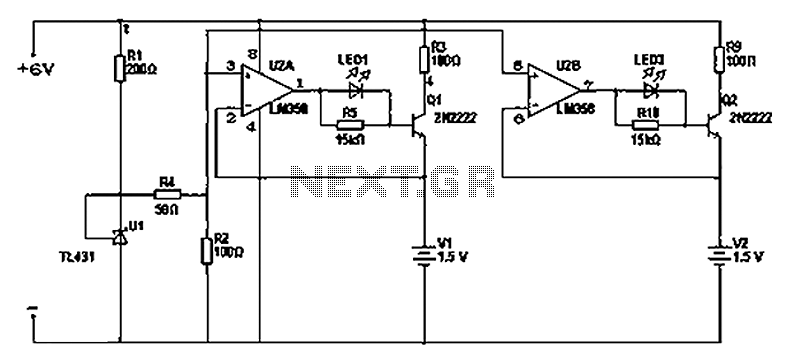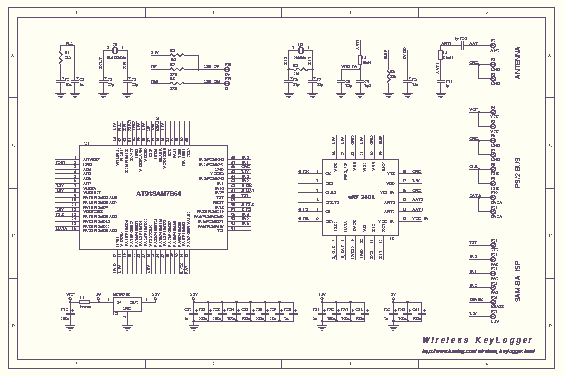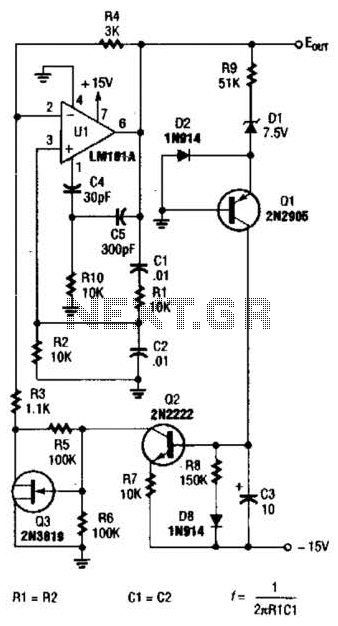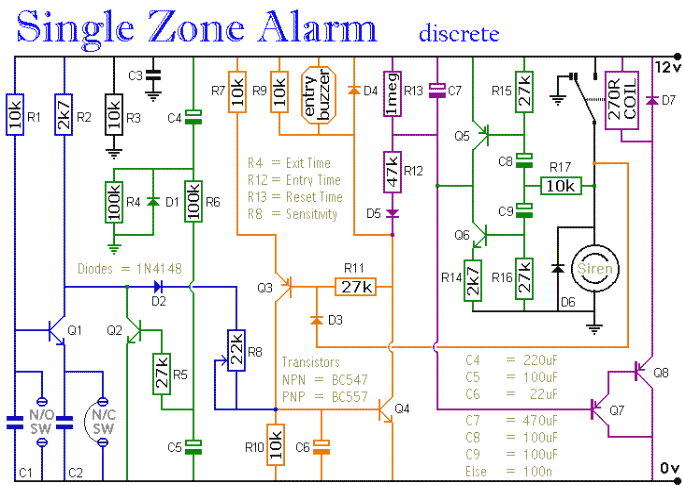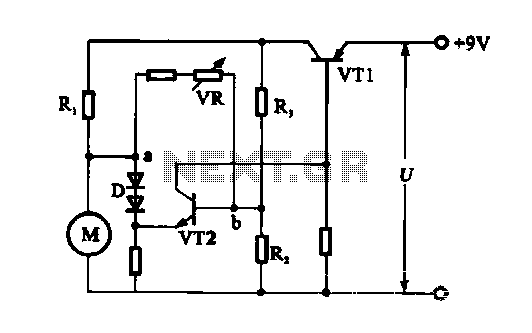
Automatic emergency light circuit
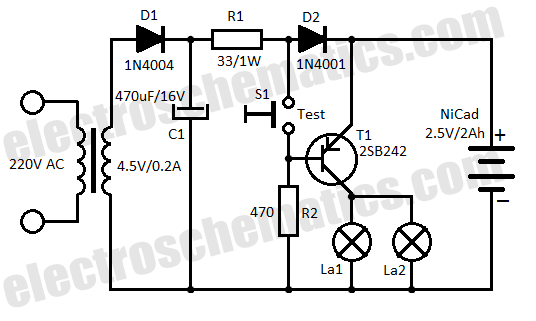
This low-cost automatic emergency lighting circuit activates a lamp during power failures. It is powered by a NiCad battery that is charged by the mains.
The automatic emergency lighting circuit is designed to provide illumination during unexpected power outages. The primary components of this circuit include a NiCad (Nickel-Cadmium) battery, a charging circuit, a lamp, and a control mechanism that detects power failure.
When the mains power is available, the circuit allows the NiCad battery to charge, ensuring that it remains ready for use. Typically, a diode is included in the charging path to prevent reverse current flow, which could discharge the battery when mains power is restored.
In the event of a power failure, the control mechanism, often implemented with a relay or a transistor, detects the loss of voltage and subsequently activates the lamp. The lamp can be an LED or an incandescent bulb, depending on the design requirements. The circuit must be configured to ensure that the lamp operates at the correct voltage and current levels, which may involve the use of a voltage regulator or a suitable driver circuit.
The emergency lighting circuit is designed to be energy-efficient, ensuring that the battery can provide adequate illumination for a reasonable duration. The choice of a NiCad battery is significant due to its ability to deliver high discharge rates and recharge efficiently, although considerations regarding battery life and environmental impact should also be acknowledged.
Overall, this circuit serves as a practical solution for maintaining visibility during power outages, enhancing safety and convenience in residential and commercial environments.This low cost automatic emergency lighting circuit turns on a lamp during power failures. It is powered by a NiCad battery that is being charged by the mai. 🔗 External reference
The automatic emergency lighting circuit is designed to provide illumination during unexpected power outages. The primary components of this circuit include a NiCad (Nickel-Cadmium) battery, a charging circuit, a lamp, and a control mechanism that detects power failure.
When the mains power is available, the circuit allows the NiCad battery to charge, ensuring that it remains ready for use. Typically, a diode is included in the charging path to prevent reverse current flow, which could discharge the battery when mains power is restored.
In the event of a power failure, the control mechanism, often implemented with a relay or a transistor, detects the loss of voltage and subsequently activates the lamp. The lamp can be an LED or an incandescent bulb, depending on the design requirements. The circuit must be configured to ensure that the lamp operates at the correct voltage and current levels, which may involve the use of a voltage regulator or a suitable driver circuit.
The emergency lighting circuit is designed to be energy-efficient, ensuring that the battery can provide adequate illumination for a reasonable duration. The choice of a NiCad battery is significant due to its ability to deliver high discharge rates and recharge efficiently, although considerations regarding battery life and environmental impact should also be acknowledged.
Overall, this circuit serves as a practical solution for maintaining visibility during power outages, enhancing safety and convenience in residential and commercial environments.This low cost automatic emergency lighting circuit turns on a lamp during power failures. It is powered by a NiCad battery that is being charged by the mai. 🔗 External reference
